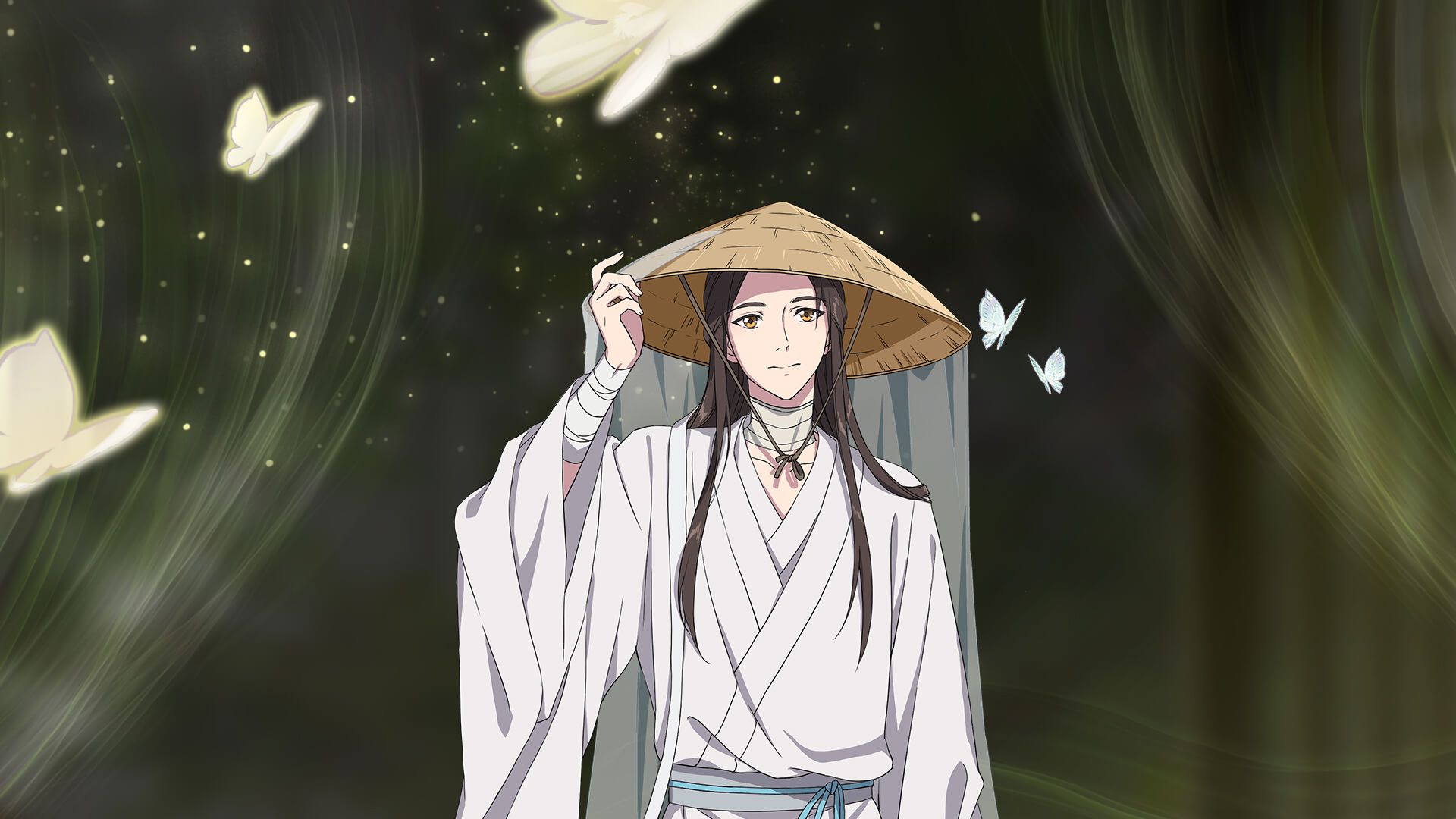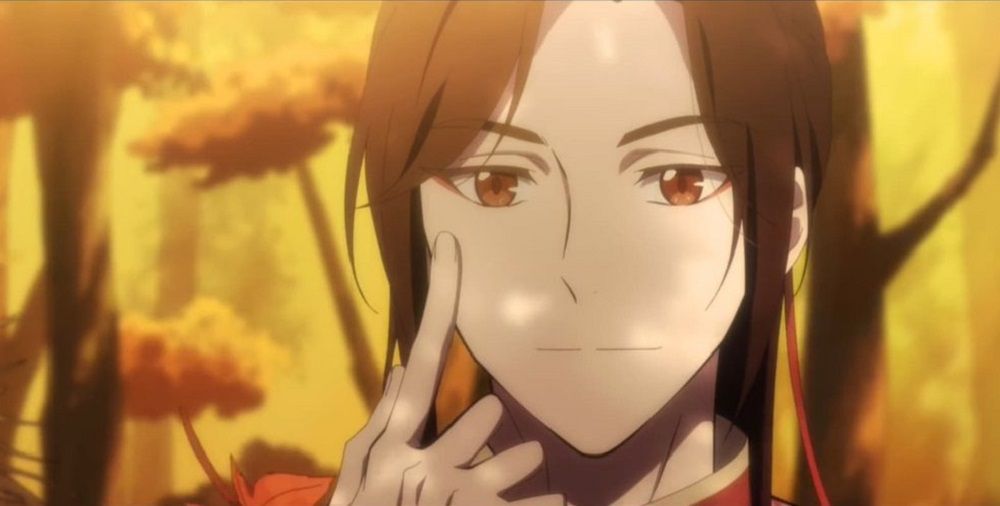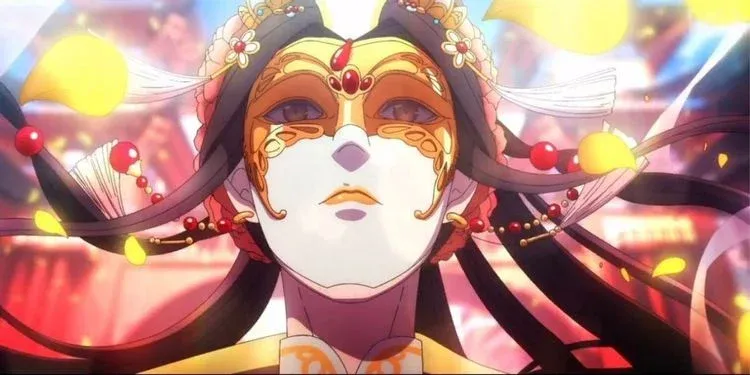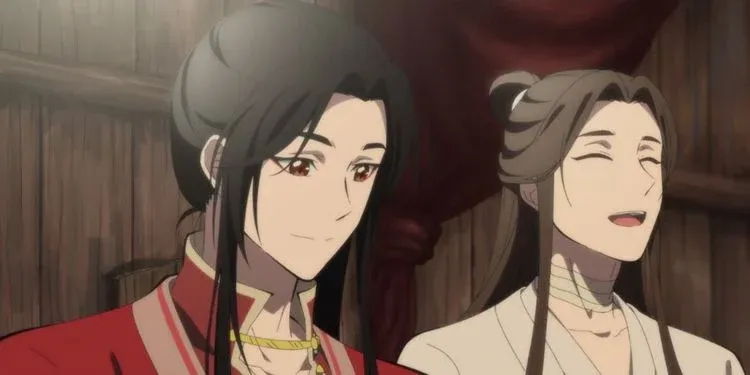Anime at its core is art, whether digital or hand-drawn artists pour hundreds if not thousands of hours into a show. That being said not all anime is created equally, Heaven Official’s Blessing is an example of the gold standard. While technically a Chinese donghua and not a Japanese anime, the visuals make it well worth the watch. Being a donghua, in addition to having only one season available on Netflix, it is not the most popular anime, but those who have viewed it rate it extremely highly.
Heaven Official’s Blessing tells the story of a prince who has ascended into godhood three times in the last 800 years, the first two times being banished back to mortality, but this third time he intends on making his godhood last. He quickly comes into contact with a high-ranking demon who seems to have been keeping an eye on him for quite some time. Produced by Bilibili productions it was the first Chinese anime to be streamed onto Funimation.
The Art of Heaven Official's Blessing
The art style seems to mimic watercolor, especially in the backgrounds, and each episode contains at least one still frame seemingly designed for a phone lock screen. Although it is Chinese animation and therefore differs slightly from traditional Japanese anime, viewers will still see many aspects that have come to characterize the genre. Specifically, in terms of character design. The two main characters, Xie Lian and Hua Cheng, have somewhat androgynous appearances; with large eyes, small mouths, and flowing hair. Their delicate movements, when not in combat, create a gorgeous aesthetic even when you focus only on the people.
Looking beyond the character designs, no detail is spared in the animation. Despite the occasional still shots, nearly every scene contains dramatic motion, either from wind, light, or the camera itself. This creates a dynamic atmosphere that keeps the viewer engaged in the scene from start to end.
The opening of the anime is a perfect example of this. We are introduced to Xie Lian as he ascends. He is still and in repose as he enters the godly realm, but the spinning lights around his body, and the stirring wind that makes his hair and clothing appear to have a life of their own set the bar high for visual dynamics that are only met or exceeded throughout the rest of the show. They go a step further than just showing his ascension up close and break up the drama by showing longer shots of the godly city and the impact that his ascension has upon it, from the swaying cherry blossoms to leaves and silt stirred by his interruption, the entire city is in motion.
Still Shot and Motion
What still shots that do exist are illustrated in a classic Chinese watercolor style that is simply breathtaking, especially when contrasted against the dynamic and lively nature of the rest of the show. These supplement the aesthetics of the show instead of being a symbol of laziness. They do not suggest that the animators were unwilling to draw a certain scene, but rather, are works of art themselves, often depicting landscapes or dramatic scenes being described by other characters.
Another detail that is perfectly nailed in this anime is cloth, from hanging drapery which is never quite at rest, translucent screens that refract light and cast long shadows, and the gorgeous robes worn by each character. Cloth plays a huge role in the visual appearance of this anime. Characters are dressed traditionally, either in robes or armor. Their costumes flow, move, and swing dramatically with the characters, this is used to support their motion and add a flair of drama to every action taken by a character. Xie Lian even has a long hair ribbon that has different physics than his hair. Every movement he takes is reflected in the ribbons and therefore adds a certain amount of etherealness to his character.
The flow and motion of cloth reflects well onto the combat scenes of the anime, the characters themselves move and flow like their own outfits. The fight scenes play almost like dances, although characters do still zip around in displays of prowess.
Where It Sometimes Goes Wrong
While visually a pleasing show it would be hubris to say that it makes no error. Many of the characters are extremely similar visually, and when they exchange clothing they are nearly impossible to discern from one another. To that end, it does avoid the so-called main character syndrome that is endemic in many popular animes. Arguably the side characters are more visually unique than the main cast themselves.
From the music, to the animation, to the pure design of the world, this show bleeds beauty. The work put into Heaven Official's Blessing shines through and makes it that much stronger of a show. In short, this anime is well worth the watch, especially if the goal is to sit and enjoy thirteen episodes of pure beauty.




